I’ve been putting together a best-value list of wines available at the LCBO for around 15 years now. New discoveries and additions to the Top 40 are always exciting, but a handful of wines on this list are, in the immortal words of Shakespeare, “as constant as the northern star.” These are rock solid creations year in and year out, offering exceptional quality for under $20, regardless of the vintage.
 Here’s the first in a series from that select group: Ken Forrester Wines, maker of the award-winning Old Vine Reserve Chenin Blanc, a half-hour’s drive east of Cape Town in the southwest of South Africa’s Stellenbosch wine region.
Here’s the first in a series from that select group: Ken Forrester Wines, maker of the award-winning Old Vine Reserve Chenin Blanc, a half-hour’s drive east of Cape Town in the southwest of South Africa’s Stellenbosch wine region.
Chenin Blanc’s home is France’s Loire Valley, where the high-acid grape is often likened to Pinot Grigio and Sauvignon Blanc. But when I drink Ken Forrester’s Old Vine Reserve Chenin ($18.95), I tend to think more of a balanced Chardonnay—close to full-bodied and textured with fleshy melon, pear, honeycomb and apple pie notes, along with some caramel and vanilla owing to its aging on the lees for a little more than eight months. But with only 20% of that time being spent in new oak, and seeing as the wine is aged in huge 400L barrels, the oak influence is carefully controlled. The result is a wine that is steely smooth with a mineral thread, but at the same time is rich and ripe, with just 2 g/L of residual sugar.
A key to the complexity of this wine is its old vines. Indeed, the winemaking history of the homestead Ken and his wife Teresa purchased at an auction in 1993 actually dates all the way back to 1689. In 1994, employing vines planted as far back at 1970, the first wines were produced under the Ken Forrester label. It wasn’t long before his wines were at the forefront of a Chenin Blanc revival.
Here’s a quick Q&A with Ken, facilitated by Noble Estates, the wine agency that represents Forrester Wines in Ontario.
TLL: You take sustainable winemaking very seriously, but it’s also about improving the lot of your staff, isn’t it?
KF: “We farm sustainably with no herbicides or pesticides. We till by hand, which is hugely labour intensive but very satisfying. We prune thin bunches and leaves all by hand and, finally, we harvest by hand. We hope this additional employment goes some way to improving the quality of life in our community, and we know that if every community looked after their own, no-one would go wanting. This is our proposal, and consequently each bottle is a victory and represents a small change—for the better—in someone’s life.”
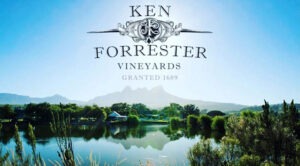 When the label says Old Vine Chenin Blanc, approximately how old are these vines?
When the label says Old Vine Chenin Blanc, approximately how old are these vines?
“We aim for 30 years and older—all hand harvested—all Stellenbosch origin.”
Your Old Vine Reserve Chenin is renowned for its quality-price ratio. What do you think it offers to merit that sort of consistent praise?
“We pioneered this style in South Africa—partially barrel fermented (for richness and texture) and partially tank fermented (for freshness and fruit). There are separate selections through the vineyards.”
Is there another wine you produce that you think offers this kind of QPR (or better) in your portfolio, or is this tops?
“We pride ourselves on value across the portfolio. The Petit range, in fact, is even less expensive and offers amazing value across the range.”
I heard 2022 was a pretty good vintage for Stellenbosch. What did it impart on this particular wine?
“We seldom suffer adverse vintages—’22 was well set up with a perfect cold winter and good rainfall that lasted into the spring. Good even temperatures through the ripening season with no heat spikes meant great balance and texture with luscious apple and pear flavours.”
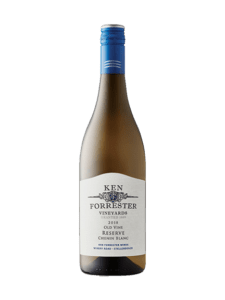 I know you have food pairing suggestions on the website, but is there a particular dish you think matches perfectly with the wine?
I know you have food pairing suggestions on the website, but is there a particular dish you think matches perfectly with the wine?
“Personally, I love that wine with grilled shrimp and a garlic and chilli butter sauce.”
So how do you make a perfect Chenin Blanc?
“All I can say is I wish I knew. Each year, each vintage, each harvest is different—different rainfall, climatic differences, rainfall, temperatures. etc., and all of this is way beyond the control of the winemaker. The one thing that is very clear is the fact that the flavours in the vineyard will dictate the style and flavour of wine you make. Sun-ripened fruit with its glorious yellow and golden hue will taste different than the darker green fruit luxuriating in the shade of the canopy. Chenin is the most delicious wine and it is totally at home whether barefoot or in high heels. Its ability to wear so many mantles is quite fascinating and something of ongoing exploration for me.”
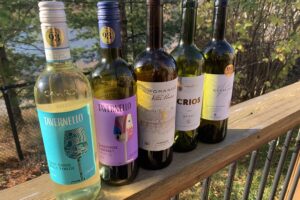
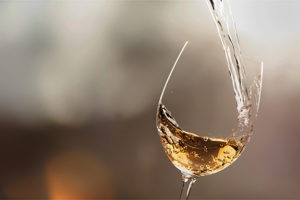
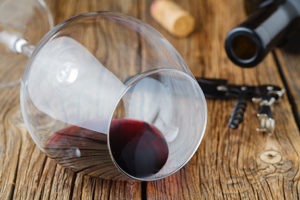
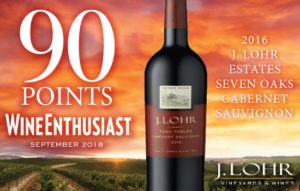
1 Comment
Leave your reply.